How to Check for Bed Bugs in Your Mattress
Bed bugs are small, reddish-brown insects that feed on human blood. They are known to infest homes and can be a major nuisance. One of the most common places for bed bugs to be found is in your mattress. These pesky creatures can easily get inside your mattress and make it their home. But how can you tell if your mattress has bed bugs? Here are some ways to check for bed bugs in your mattress.
Inspect your mattress: The first step in checking for bed bugs in your mattress is to thoroughly inspect it. Start by stripping off all the bedding and covers to expose the mattress. Look closely at the seams, folds, and crevices of the mattress for any signs of bed bugs. They may appear as tiny brown or black spots, or you may see the bugs themselves crawling around.
Use a flashlight: Bed bugs are nocturnal creatures, which means they are most active at night when you are sleeping. That's why using a flashlight can be helpful in spotting them. Shine the light on the mattress, paying close attention to the corners and edges where bed bugs like to hide.
Check your bed frame: Bed bugs don't just live in your mattress; they can also be found in the bed frame. Take a close look at the joints, crevices, and cracks in your bed frame for any signs of bed bugs. If you find any, it's a clear indication that your mattress is also likely infested.
How to Get Rid of Bed Bugs in Your Mattress
If you've discovered that your mattress has bed bugs, it's important to take immediate action to get rid of them. Here are some steps you can take to eliminate bed bugs from your mattress:
Wash all bedding and covers: The first thing you should do is remove all bedding, covers, and pillows from your bed and wash them in hot water. Bed bugs cannot survive in high temperatures, so this will help kill any bed bugs that may be hiding in your bedding.
Vacuum your mattress: Using a vacuum cleaner with a HEPA filter, thoroughly vacuum your mattress to remove any bed bugs and their eggs. Be sure to vacuum all sides of the mattress, including the seams and edges.
Use a bed bug spray: There are many bed bug sprays available in the market that are specifically designed to kill bed bugs. Look for a product that is safe to use on mattresses and follow the instructions carefully.
Consider professional treatment: If the infestation is severe, you may need to seek professional help from a pest control company. They have the expertise and equipment to effectively eliminate bed bugs from your mattress and home.
Signs of Bed Bugs in Your Mattress
Aside from physically seeing bed bugs or their eggs, there are other signs that your mattress may be infested. Here are some common signs to look out for:
Bite marks: Bed bugs feed on human blood, and their bites can leave small, red, itchy marks on your skin. If you wake up with unexplained bite marks, it's a sign that bed bugs may be present in your mattress.
Musty odor: Bed bugs release a musty, sweet scent that can be detected in severe infestations. If your mattress has a strange, unpleasant odor, it could be a sign of bed bugs.
Rust-colored stains: As bed bugs feed on blood, they may leave behind rust-colored stains on your sheets, mattress, or walls. These stains are a result of their excrement and can be a clear indication of bed bug activity.
Can Bed Bugs Live Inside Your Mattress?
The short answer is yes, bed bugs can live inside your mattress. In fact, they prefer to hide in dark, tight spaces, making your mattress the perfect home for them. Bed bugs can also live in other areas of your bedroom, such as the bed frame, headboard, and nightstands.
The reason why bed bugs are able to survive inside your mattress is because they can live for months without feeding. This means they can stay hidden and undetected for a long time, making it difficult to get rid of them.
How to Prevent Bed Bugs from Getting Inside Your Mattress
Prevention is always better than cure when it comes to bed bugs. Here are some tips to prevent these pesky insects from getting inside your mattress:
Inspect second-hand furniture: If you're buying used furniture, be sure to thoroughly inspect it for any signs of bed bugs before bringing it into your home. This includes mattresses, bed frames, and other bedroom furniture.
Encase your mattress: Consider investing in a bed bug-proof mattress encasement. This will not only prevent bed bugs from getting inside your mattress but also trap any existing bed bugs inside, making it easier to get rid of them.
Be cautious when traveling: Bed bugs can easily hitch a ride on your luggage or clothing, so be sure to check for any signs of bed bugs when staying in hotels or other accommodations.
What to Do if You Find Bed Bugs in Your Mattress
Discovering bed bugs in your mattress can be stressful and overwhelming. Here's what you should do if you find bed bugs in your mattress:
Don't panic: While it may be tempting to throw out your mattress and start over, this may not be necessary. Bed bugs can be effectively eliminated with the right treatment.
Isolate the infested area: If possible, move your mattress to a separate room to prevent the bed bugs from spreading to other parts of your home.
Take action immediately: The longer you wait, the worse the infestation will become. It's important to take immediate action to get rid of bed bugs in your mattress.
How to Treat a Mattress for Bed Bugs
There are a few different methods you can use to treat your mattress for bed bugs. Here are some options:
Use heat: As mentioned earlier, bed bugs cannot survive in high temperatures. You can use a steam cleaner or a clothes dryer on high heat to kill bed bugs and their eggs.
Use cold: Similarly, bed bugs cannot survive in extreme cold temperatures. You can place your mattress in a sealed bag and freeze it for a few days to kill any bed bugs.
Use a bed bug spray: As mentioned earlier, there are many bed bug sprays available that can effectively kill bed bugs. Be sure to read the instructions carefully and use the product as directed.
Can Bed Bugs Get Inside Memory Foam Mattresses?
Yes, bed bugs can get inside memory foam mattresses just like any other type of mattress. Memory foam mattresses are not immune to bed bug infestations. In fact, their dense structure can make it difficult to spot and eliminate bed bugs.
To prevent bed bugs from getting inside your memory foam mattress, be sure to follow the prevention tips mentioned earlier and regularly inspect your mattress for any signs of bed bugs.
How to Clean Your Mattress to Get Rid of Bed Bugs
Regularly cleaning and maintaining your mattress can help prevent and get rid of bed bugs. Here are some steps you can take to clean your mattress:
Vacuum regularly: Vacuuming your mattress at least once a week can help remove any bed bugs and their eggs. Be sure to use a vacuum with a HEPA filter for best results.
Steam clean: Using a steam cleaner on your mattress can help kill bed bugs and their eggs. Just be sure to follow the instructions carefully and use the appropriate temperature settings.
Use baking soda: Sprinkle baking soda on your mattress and let it sit for a few hours before vacuuming it off. This can help absorb any odors and moisture in your mattress, making it less appealing for bed bugs.
Do Bed Bug Mattress Covers Really Work?
Bed bug mattress covers, also known as encasements, can be an effective tool in preventing and getting rid of bed bugs. These covers are made of a thick, durable material that bed bugs cannot bite through. They also trap any existing bed bugs inside, preventing them from feeding and reproducing.
However, it's important to note that bed bug mattress covers should not be the only method used to get rid of bed bugs. They should be used in combination with other treatment methods for best results.
The Potential Dangers of Bed Bugs Inside Your Mattress
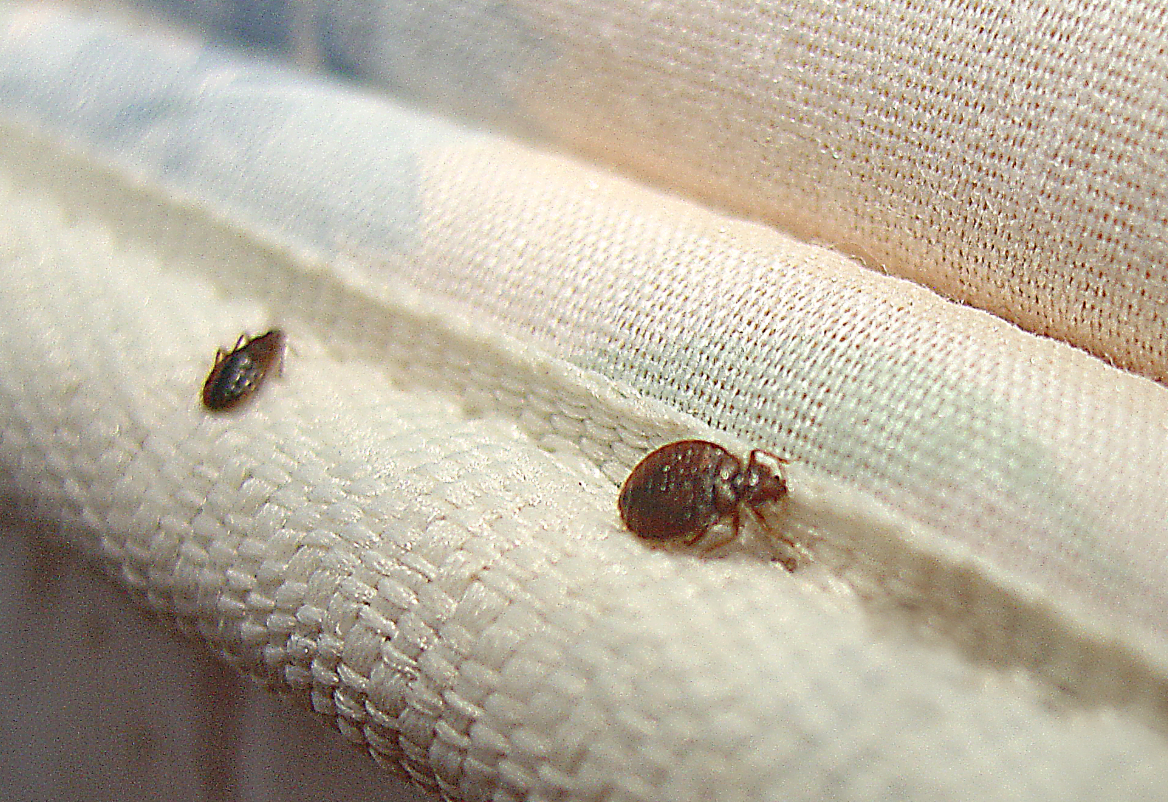
What are Bed Bugs?
 Bed bugs are tiny, reddish-brown insects that feed on blood and can live in your mattress, furniture, and even your clothes. They are most commonly found in warm and humid environments, making our homes the perfect breeding ground for them. These pesky creatures are a common problem for many households and can cause a lot of discomfort and frustration.
Bed bugs are tiny, reddish-brown insects that feed on blood and can live in your mattress, furniture, and even your clothes. They are most commonly found in warm and humid environments, making our homes the perfect breeding ground for them. These pesky creatures are a common problem for many households and can cause a lot of discomfort and frustration.
How Do They Get Inside Your Mattress?
 Bed bugs are excellent hitchhikers and can easily infest your mattress through various means. They can be brought in through infested luggage, second-hand furniture, or even on your clothes if you have been in a place with a bed bug infestation. They can also crawl from neighboring apartments or rooms, making it easy for them to enter your mattress.
Bed bugs are excellent hitchhikers and can easily infest your mattress through various means. They can be brought in through infested luggage, second-hand furniture, or even on your clothes if you have been in a place with a bed bug infestation. They can also crawl from neighboring apartments or rooms, making it easy for them to enter your mattress.
The Dangers of Having Bed Bugs Inside Your Mattress
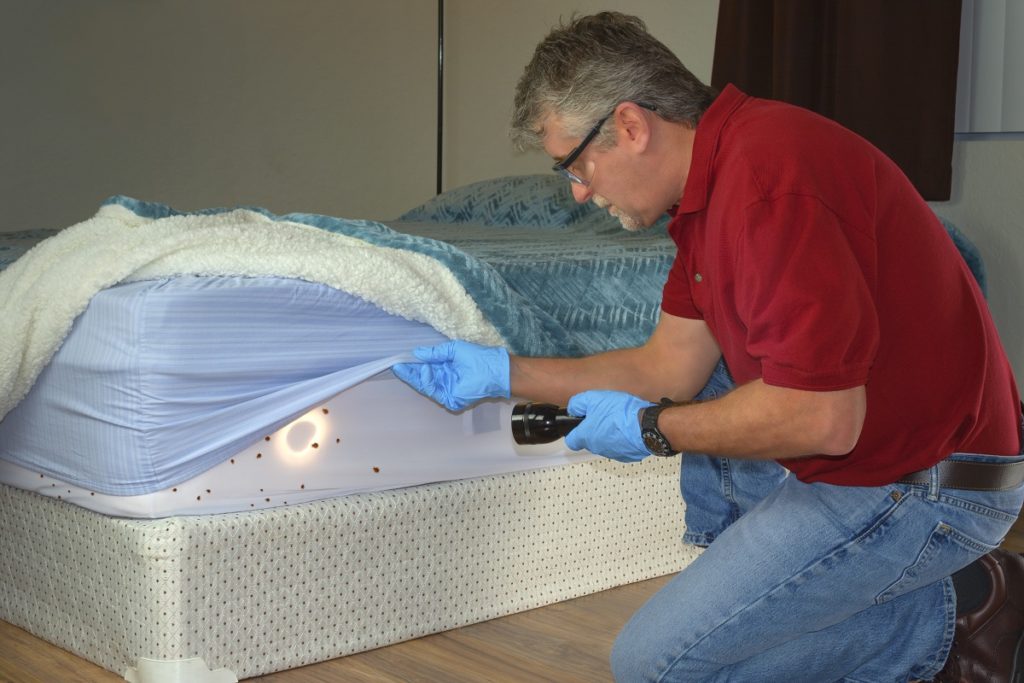 Having bed bugs inside your mattress can be a nightmare. These tiny insects can cause a range of health problems, including allergic reactions, skin rashes, and even psychological distress. Their bites are usually painless, but they can result in itchy red welts that can become infected if scratched. Additionally, the constant fear of being bitten can cause anxiety and disrupt your sleep, leading to fatigue and other health issues.
Having bed bugs inside your mattress can be a nightmare. These tiny insects can cause a range of health problems, including allergic reactions, skin rashes, and even psychological distress. Their bites are usually painless, but they can result in itchy red welts that can become infected if scratched. Additionally, the constant fear of being bitten can cause anxiety and disrupt your sleep, leading to fatigue and other health issues.
Preventing Bed Bugs from Getting Inside Your Mattress
 Luckily, there are several steps you can take to prevent bed bugs from infesting your mattress. Regularly vacuuming your mattress and using a mattress cover can help keep these pests at bay. When traveling, inspect your hotel room and luggage for any signs of bed bugs before unpacking. If you suspect you have brought bed bugs into your home, immediately wash and dry all your clothes on high heat to kill any potential bed bugs.
Luckily, there are several steps you can take to prevent bed bugs from infesting your mattress. Regularly vacuuming your mattress and using a mattress cover can help keep these pests at bay. When traveling, inspect your hotel room and luggage for any signs of bed bugs before unpacking. If you suspect you have brought bed bugs into your home, immediately wash and dry all your clothes on high heat to kill any potential bed bugs.
In Conclusion
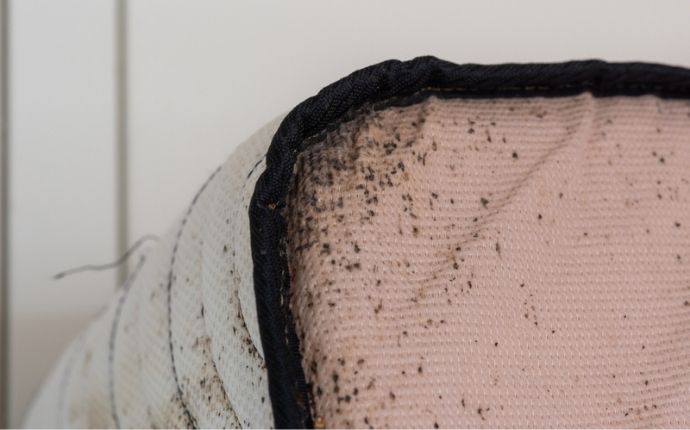 In conclusion, bed bugs can easily make their way into your mattress and cause a range of health issues. It is essential to take preventive measures and regularly inspect your mattress for any signs of infestation. If you suspect a bed bug problem, it is best to seek professional help to fully eradicate these pests from your home. Don't let these tiny insects disrupt your peaceful sleep and take action to keep them out of your mattress.
In conclusion, bed bugs can easily make their way into your mattress and cause a range of health issues. It is essential to take preventive measures and regularly inspect your mattress for any signs of infestation. If you suspect a bed bug problem, it is best to seek professional help to fully eradicate these pests from your home. Don't let these tiny insects disrupt your peaceful sleep and take action to keep them out of your mattress.

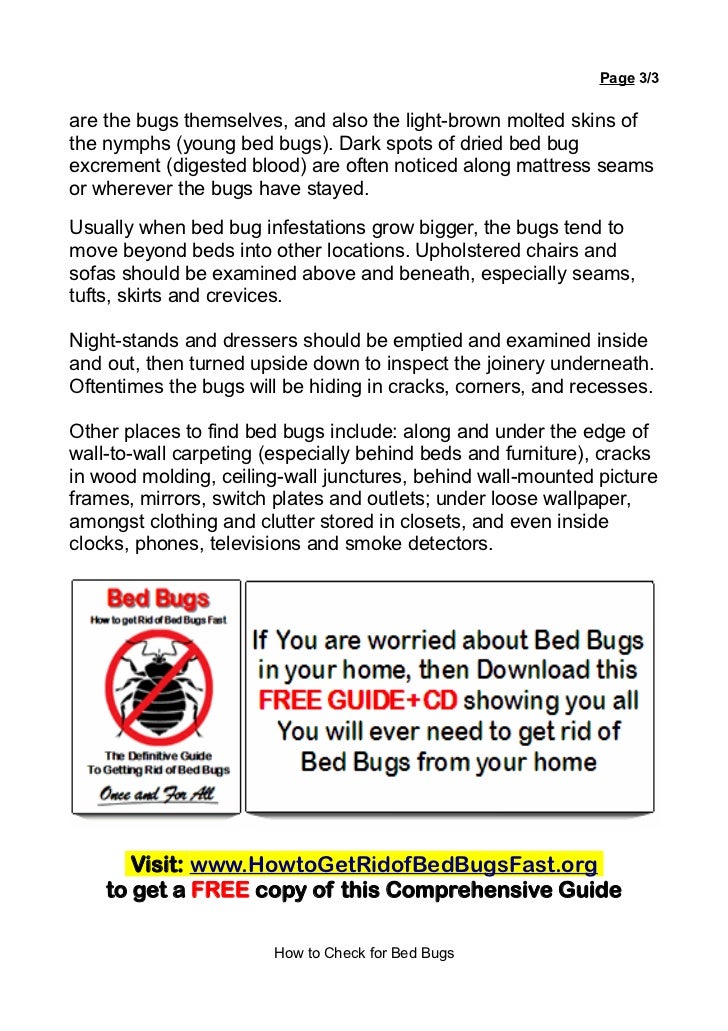












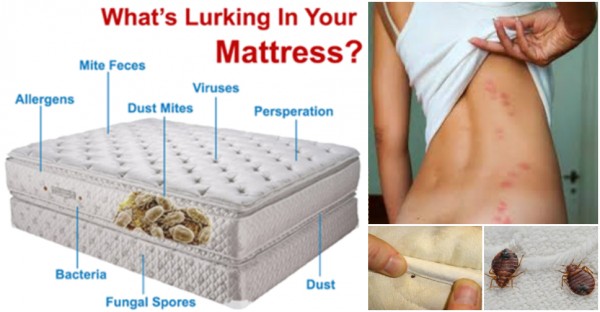
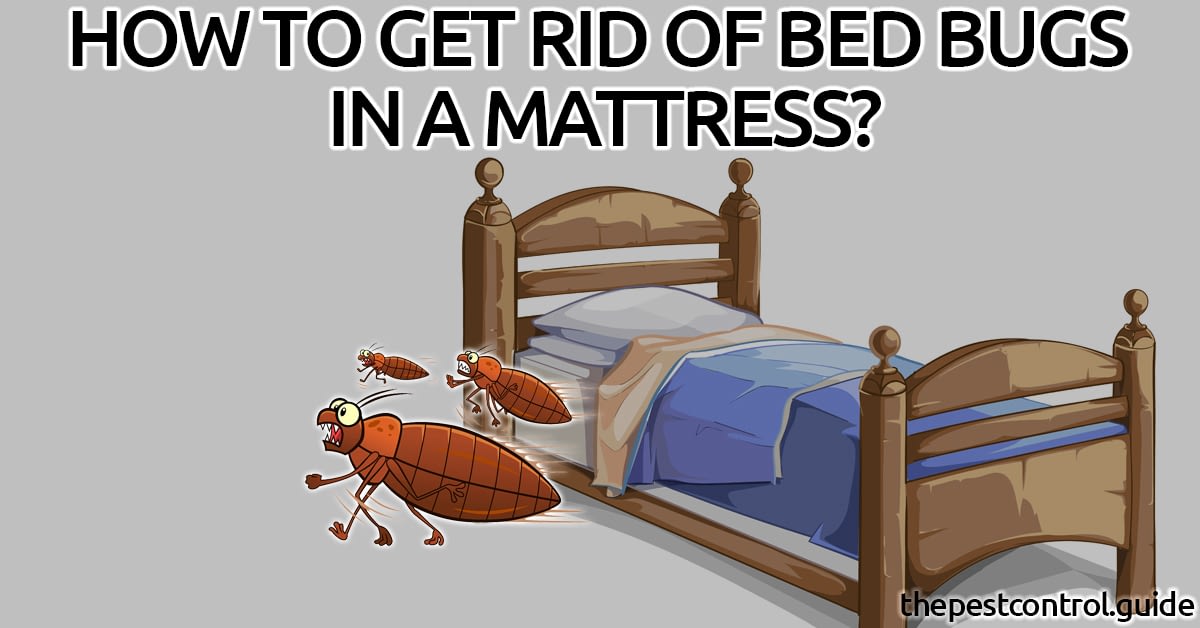


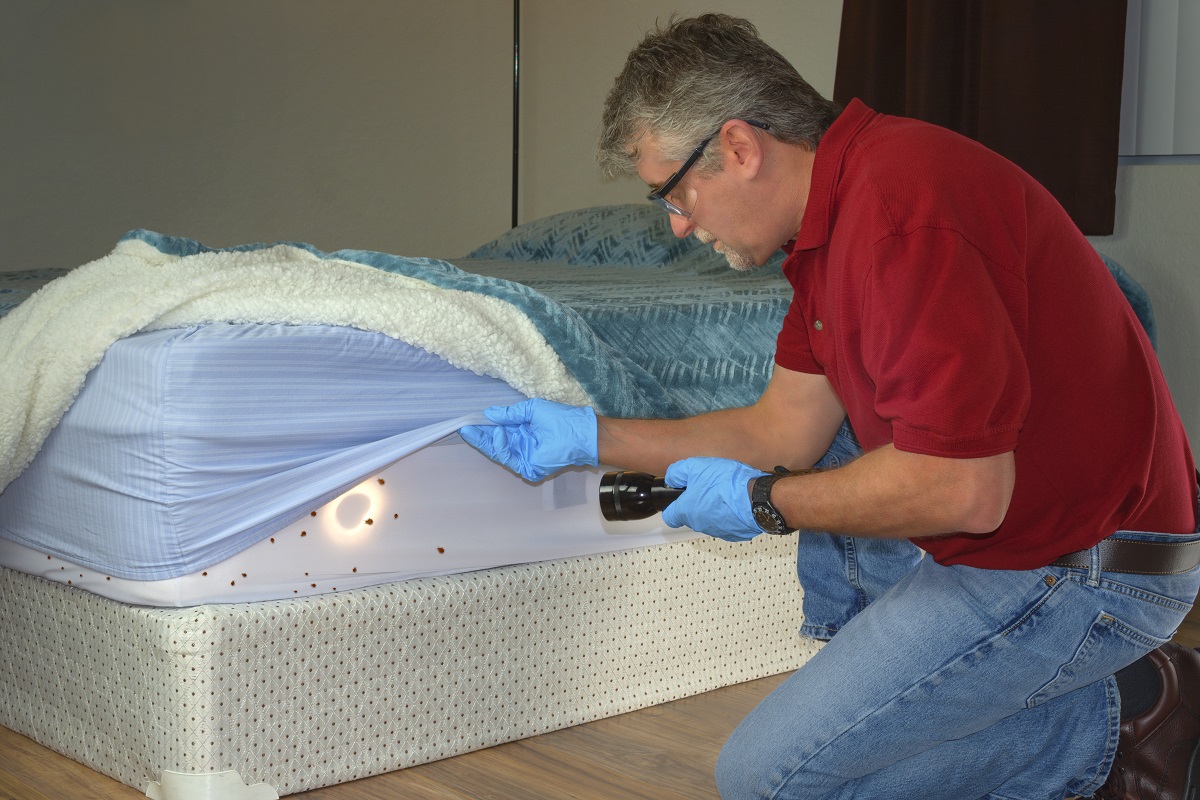









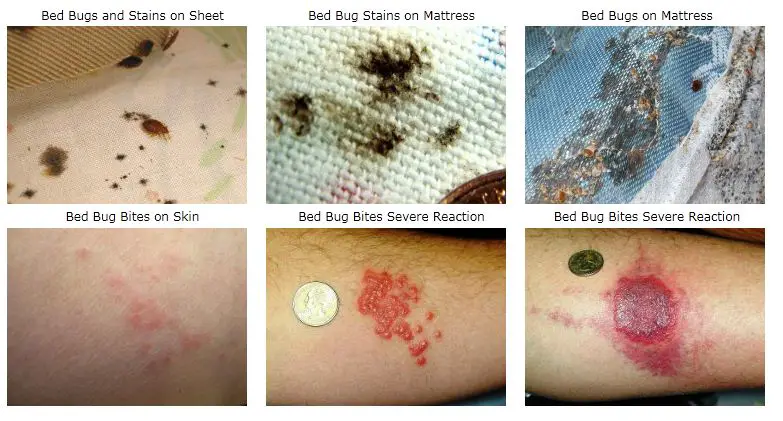


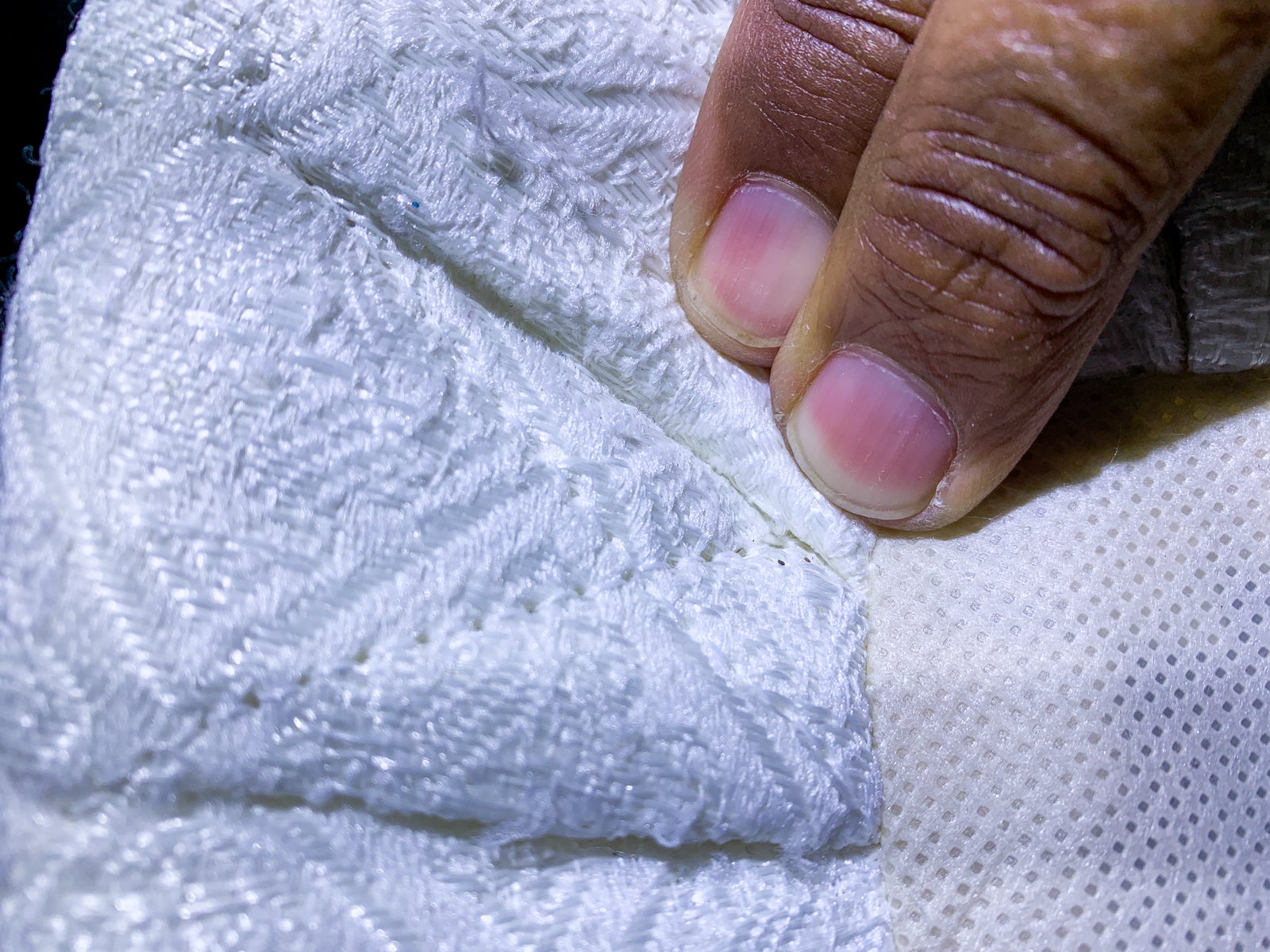
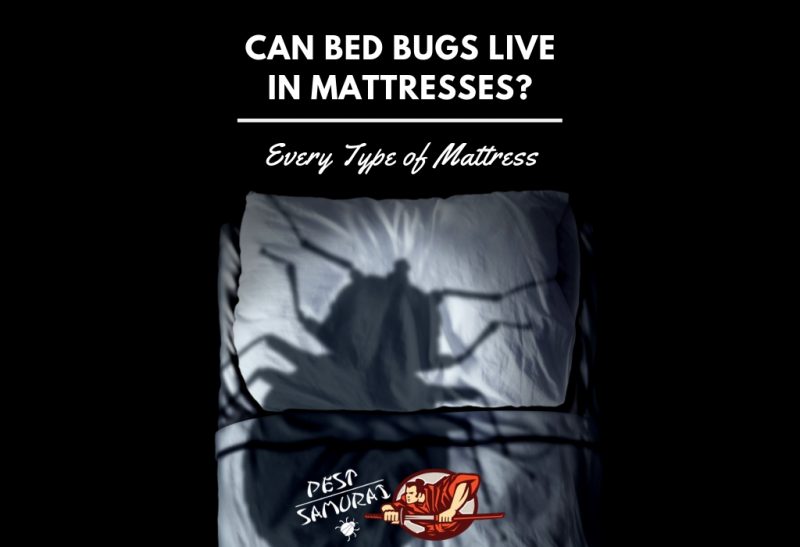

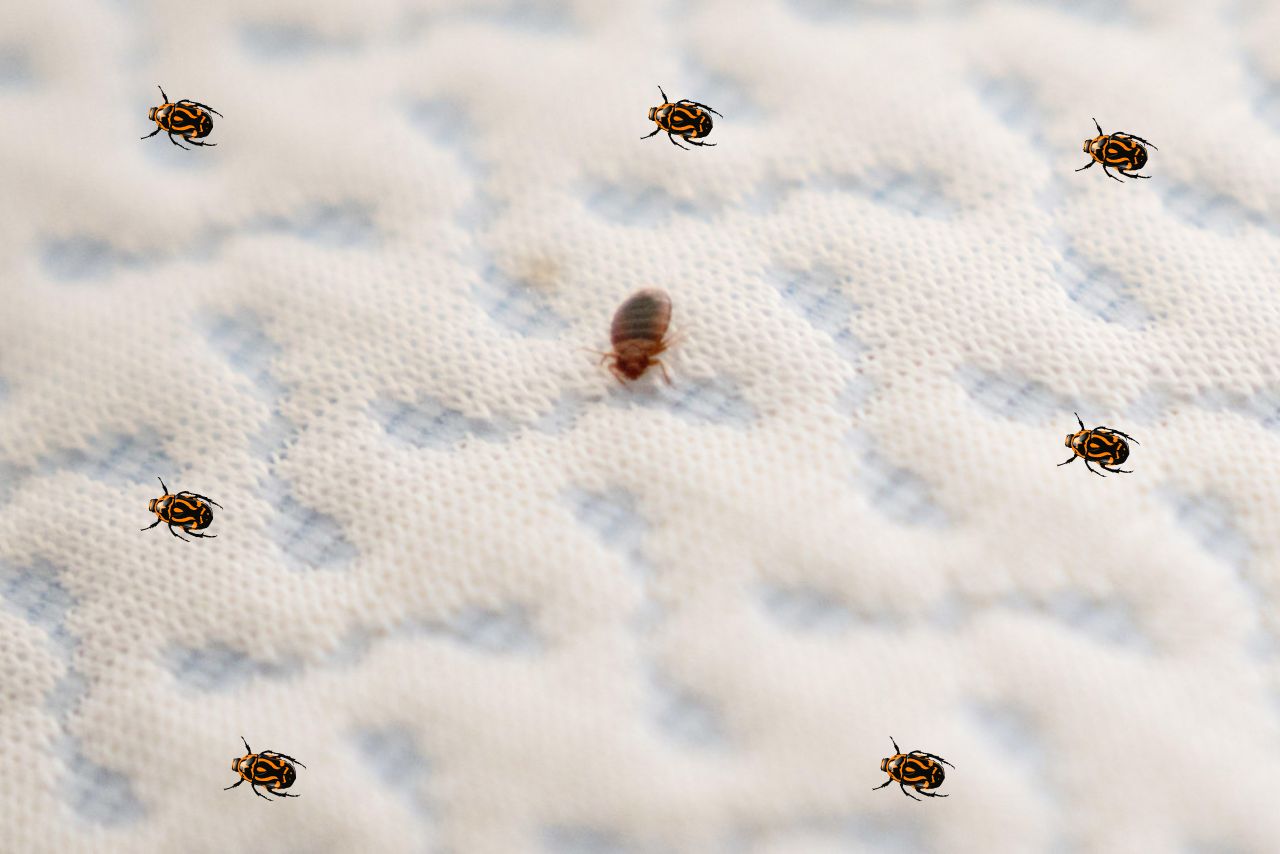





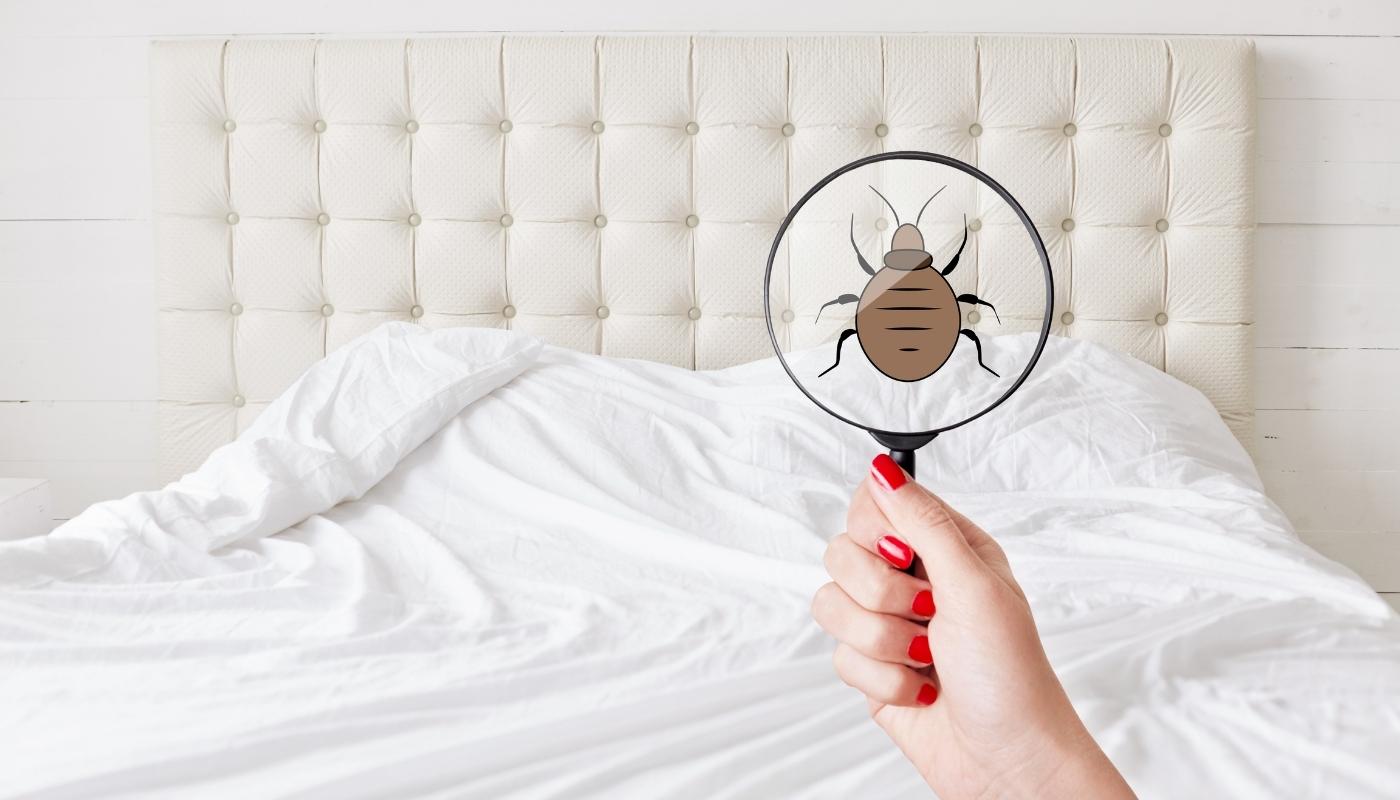

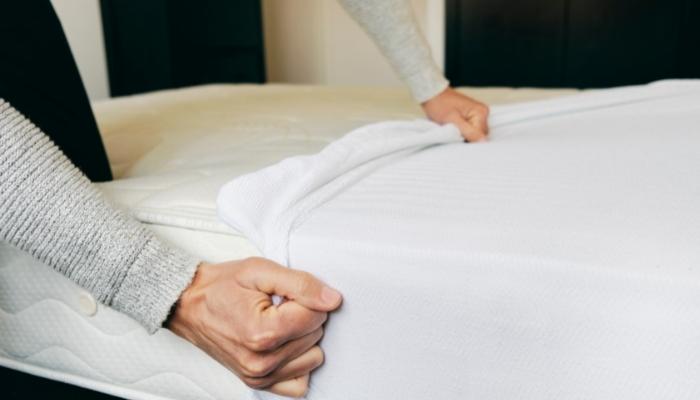
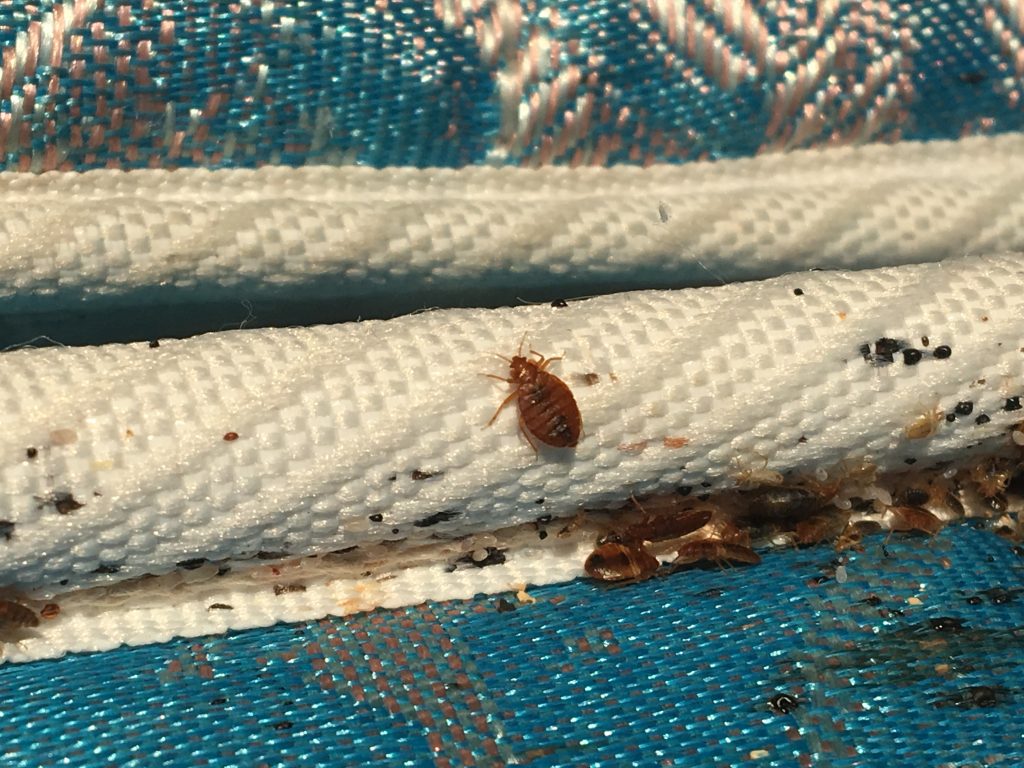

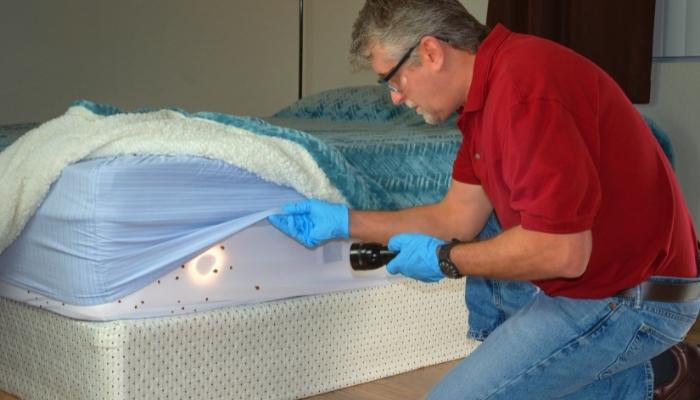



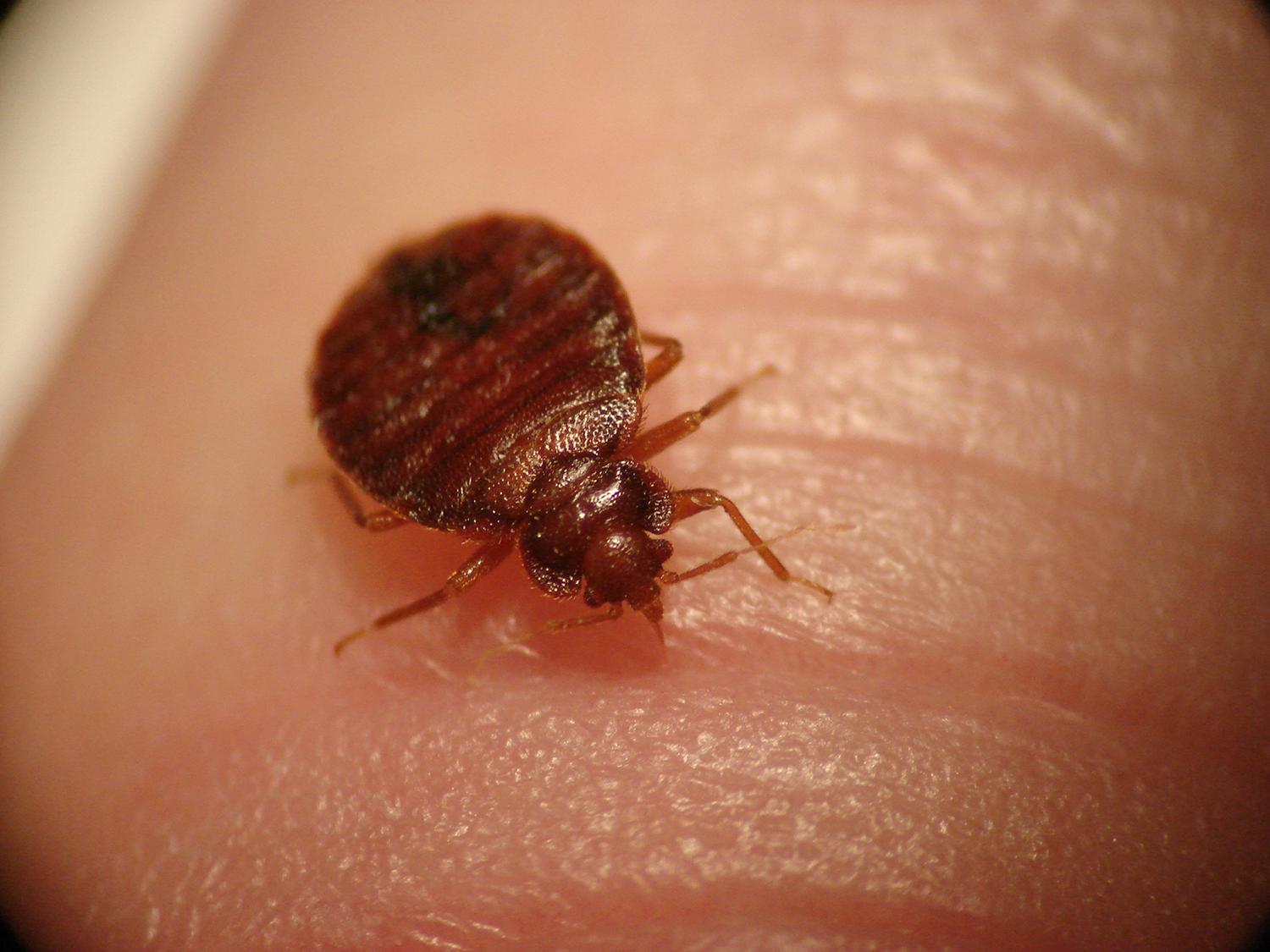

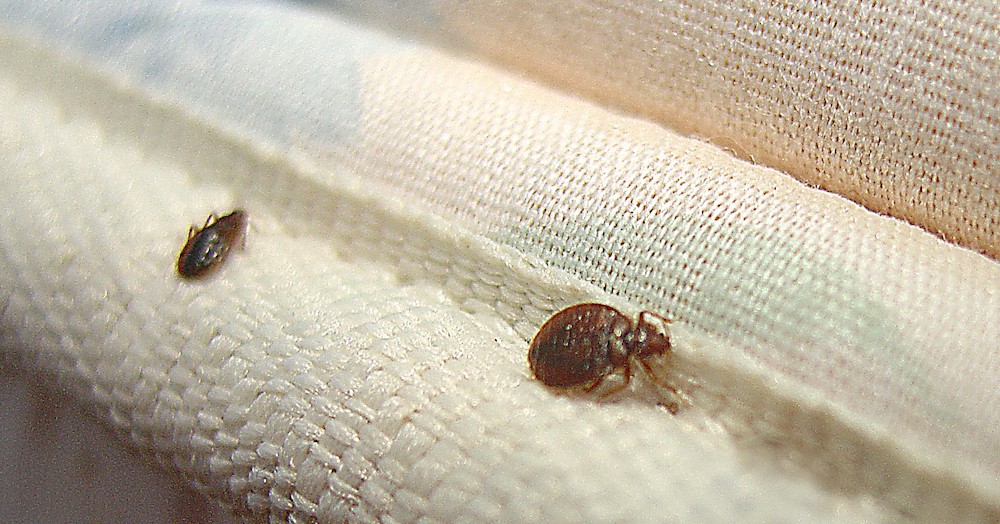

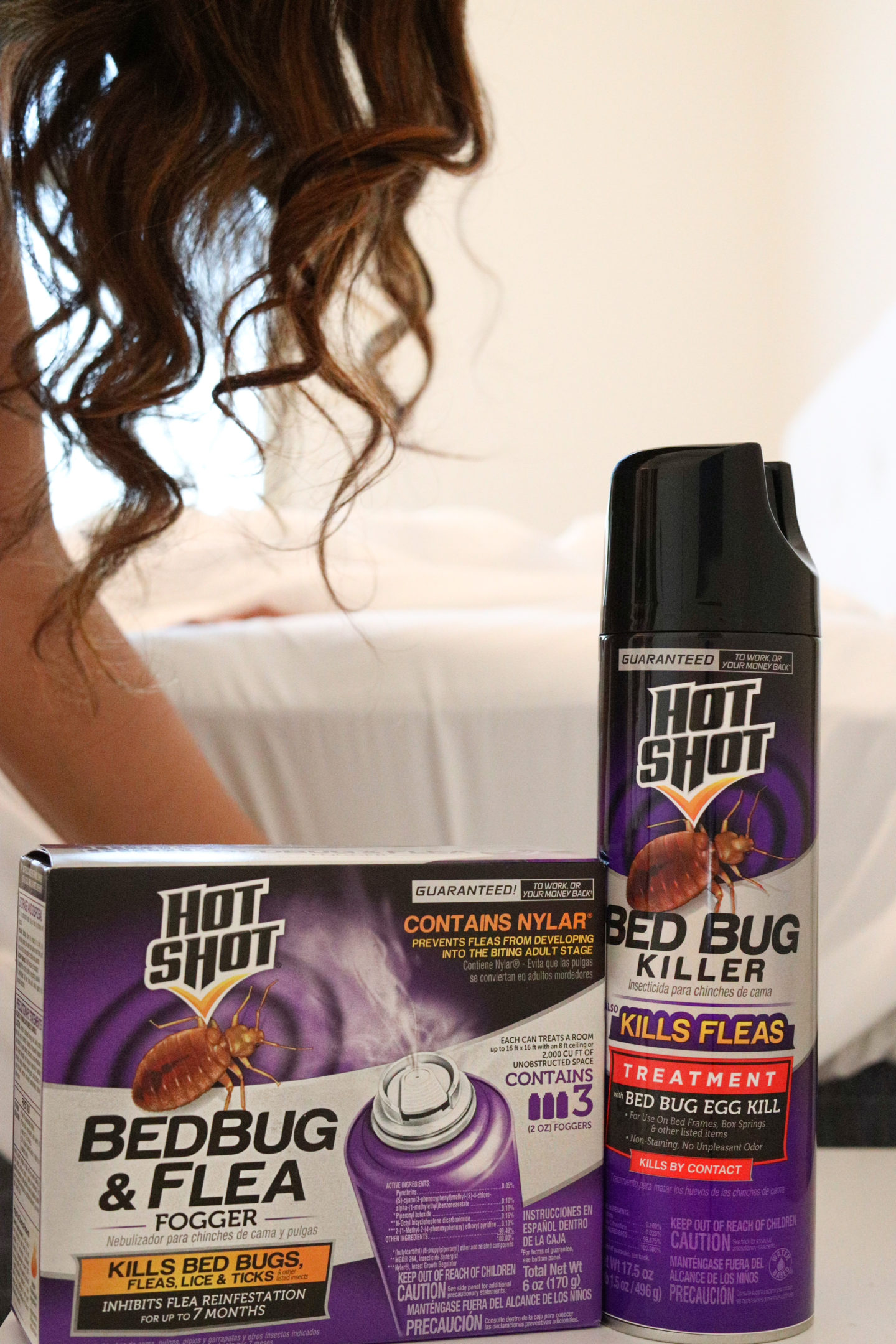




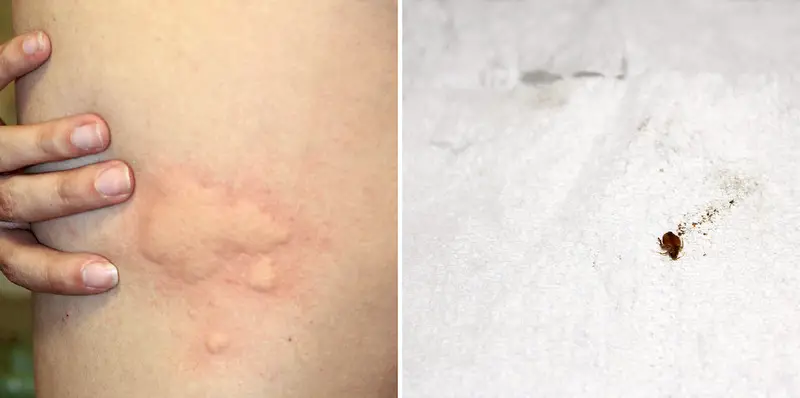
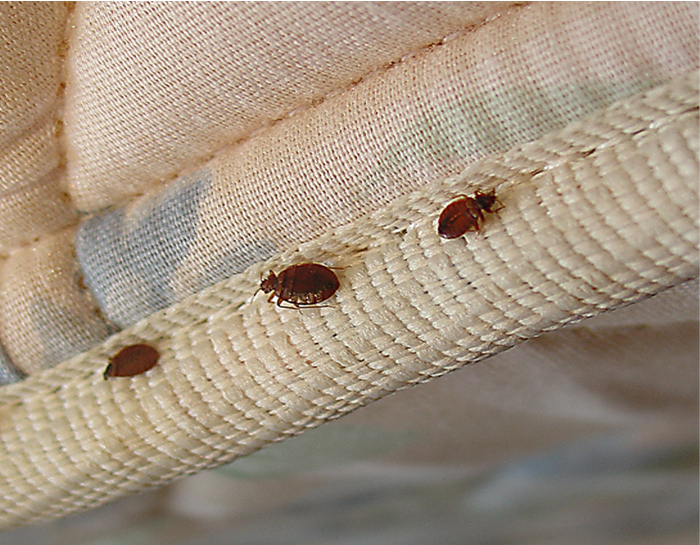
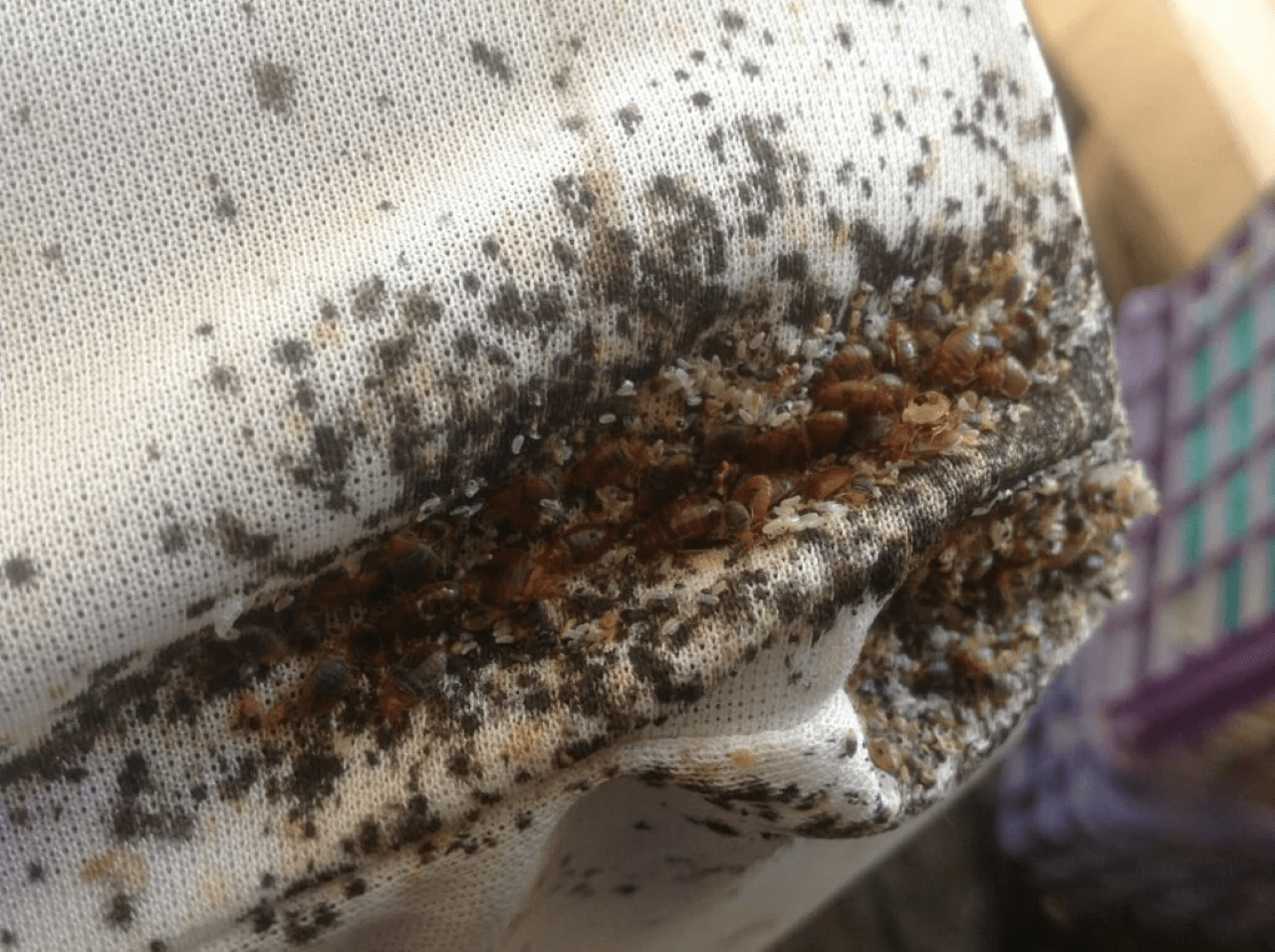


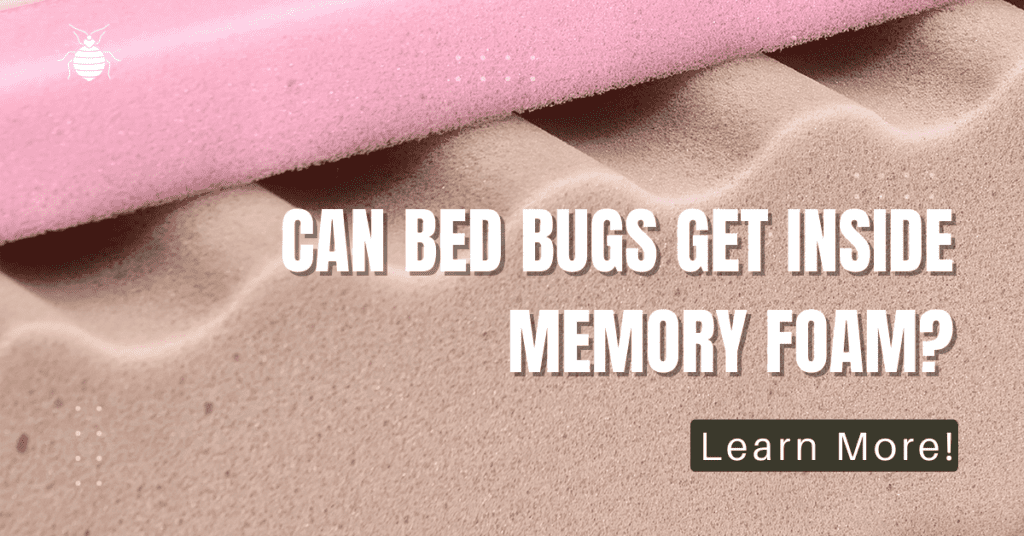


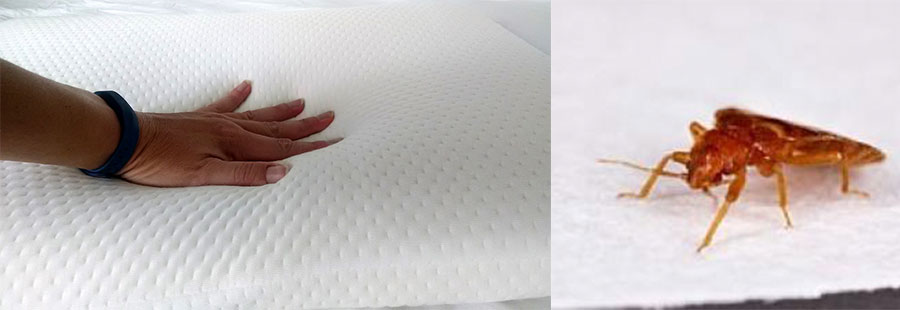
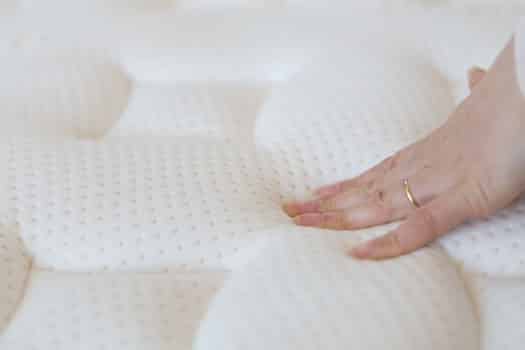
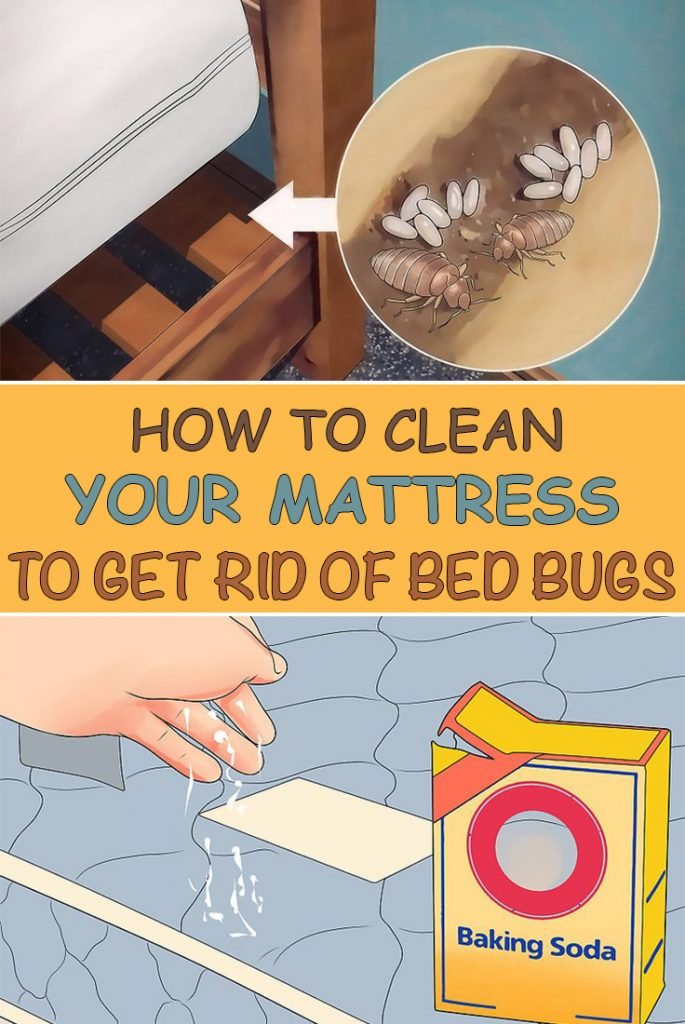
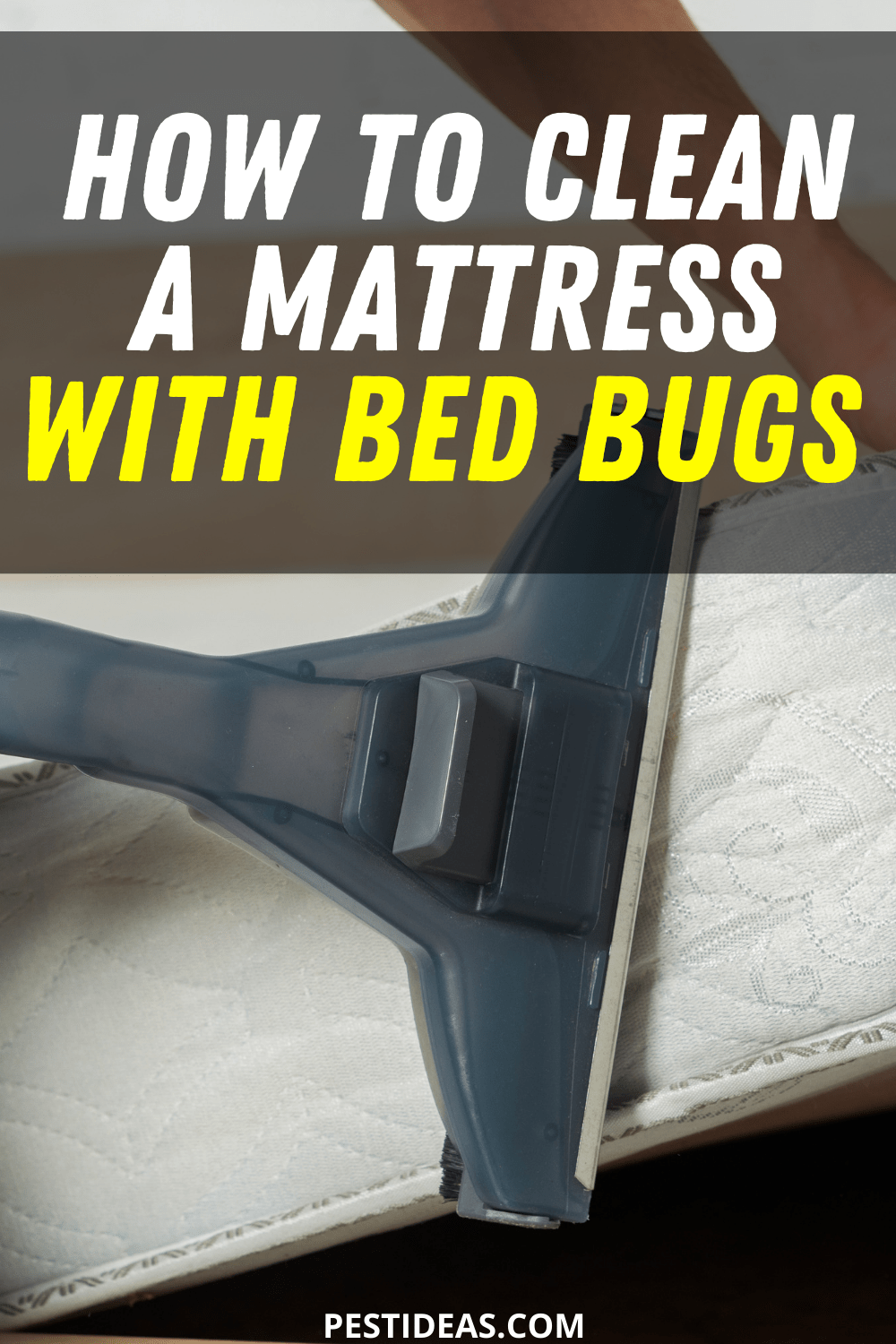
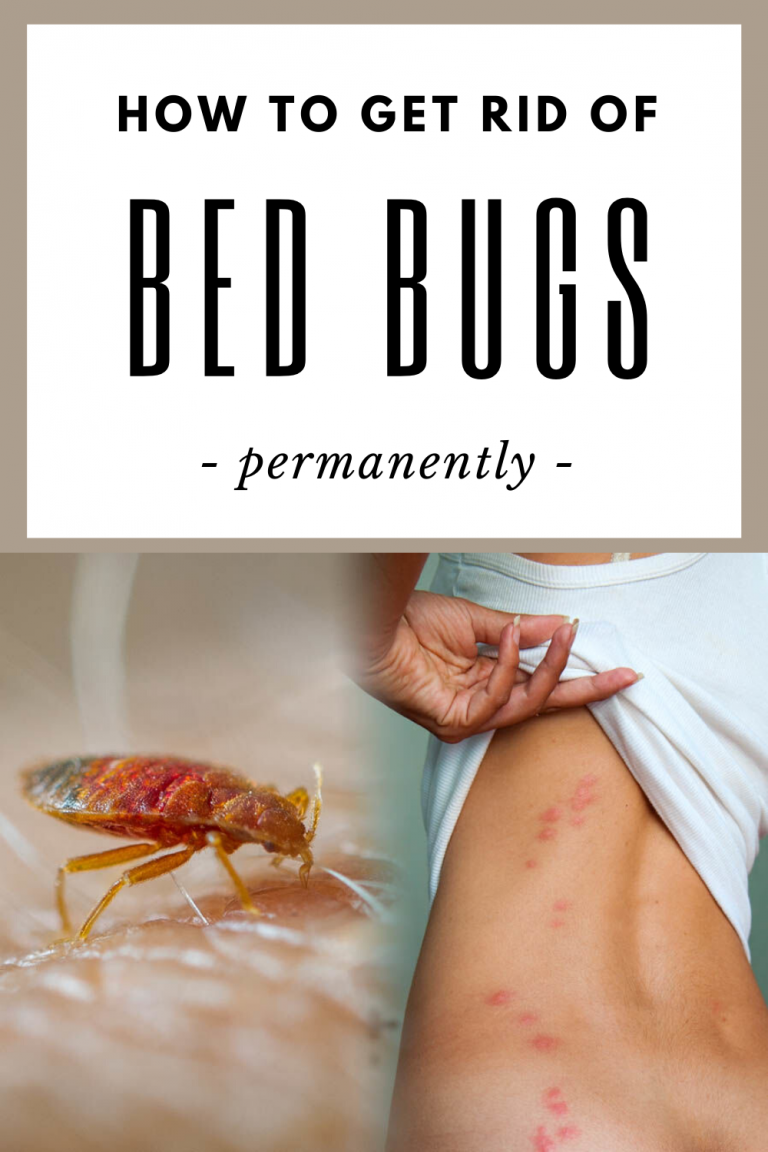

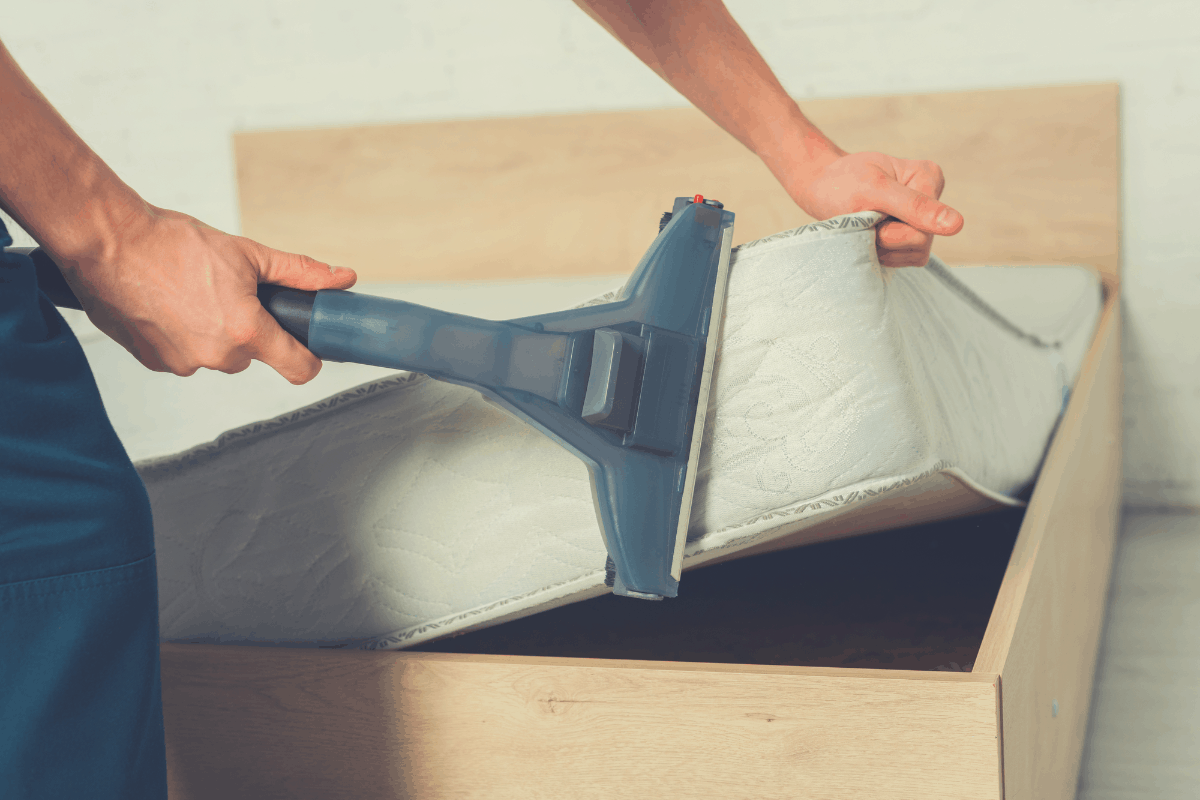





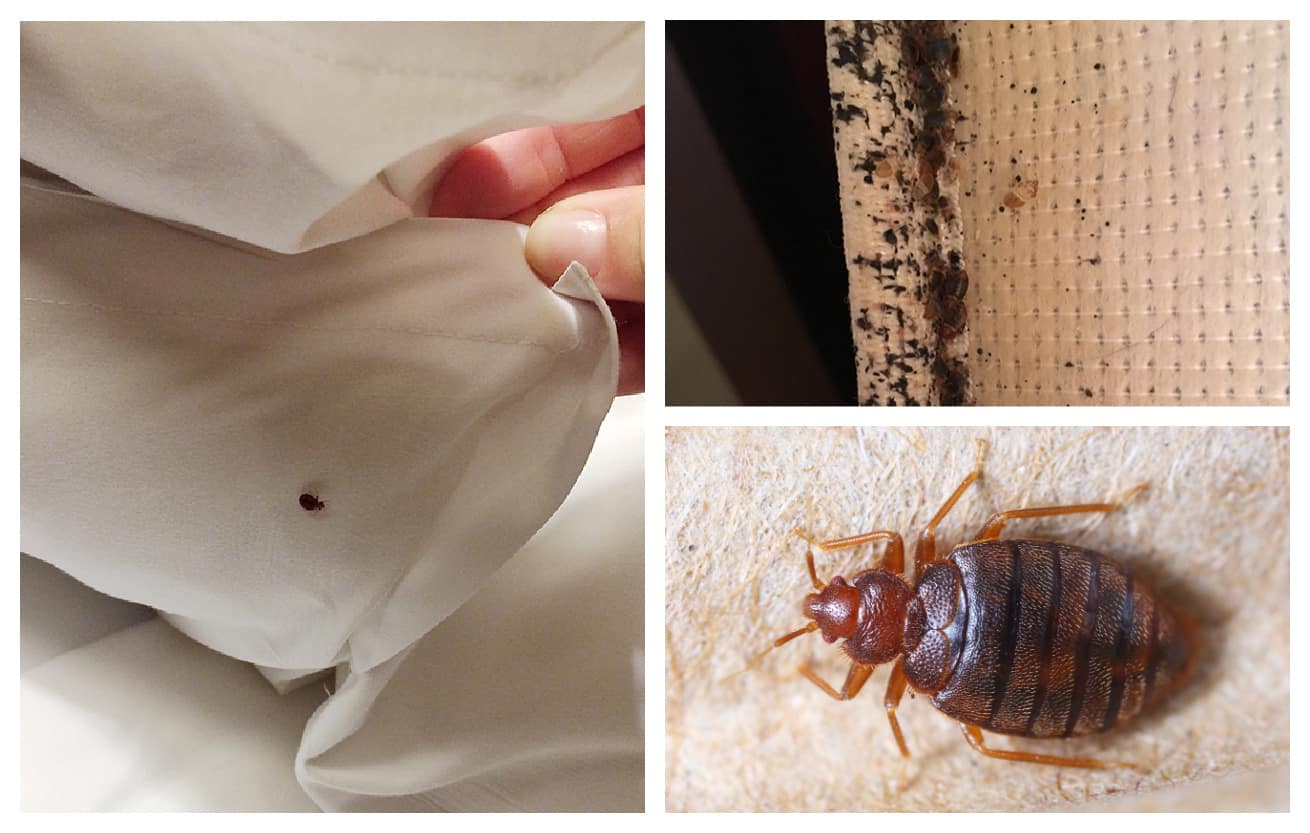





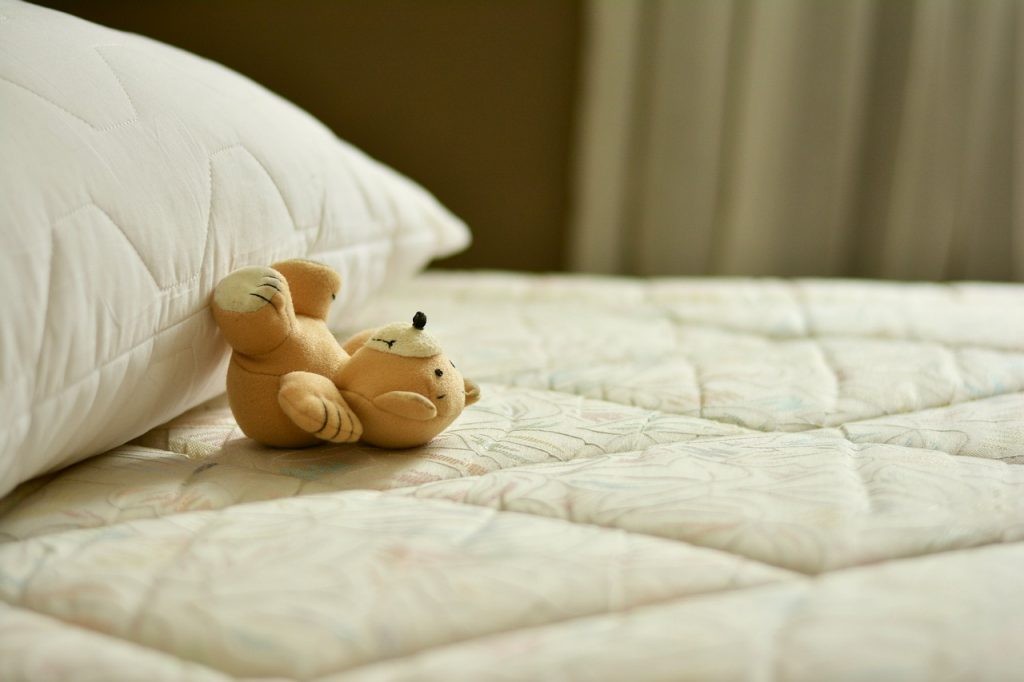




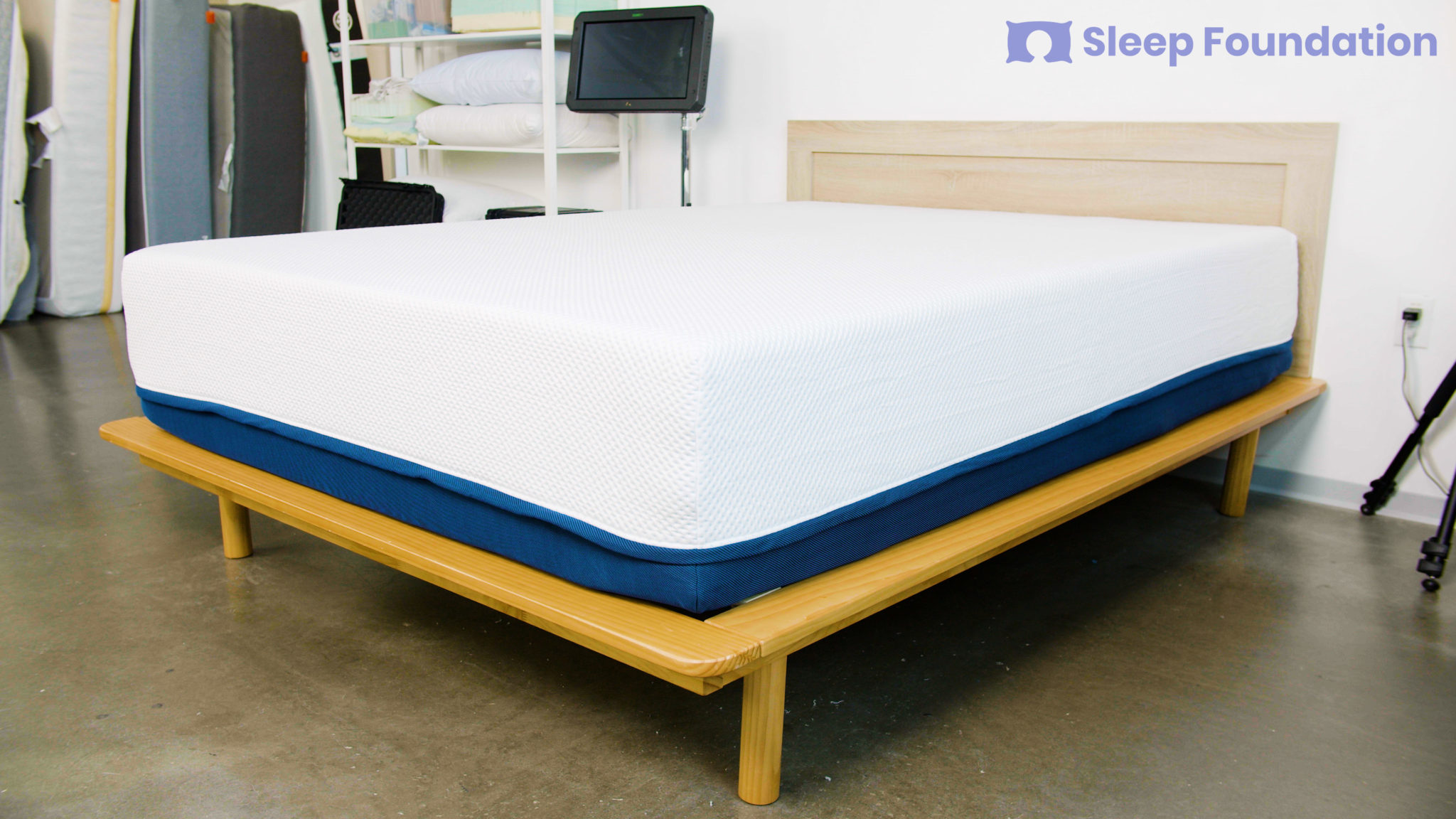


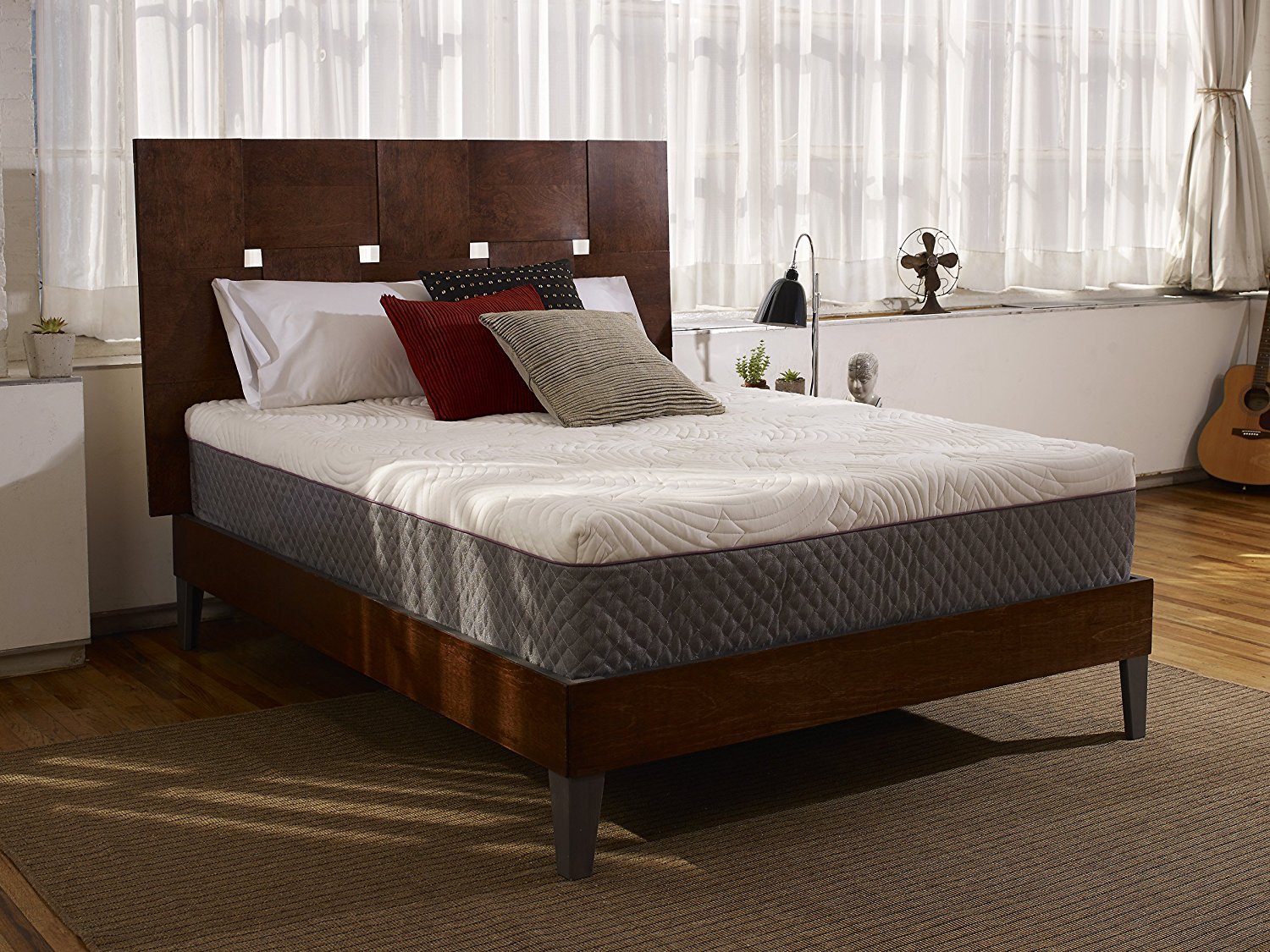
:max_bytes(150000):strip_icc()/living-dining-room-combo-4796589-hero-97c6c92c3d6f4ec8a6da13c6caa90da3.jpg)

